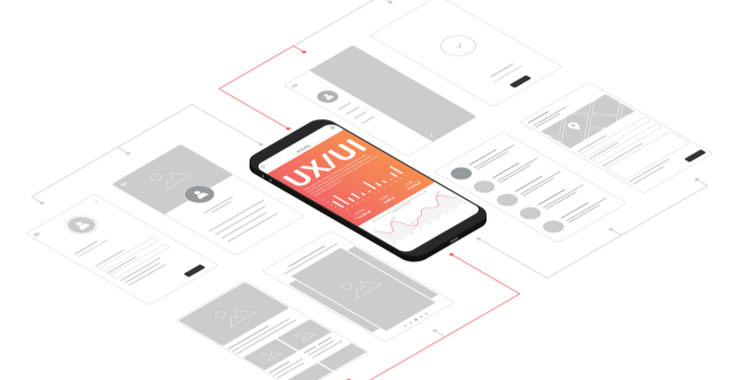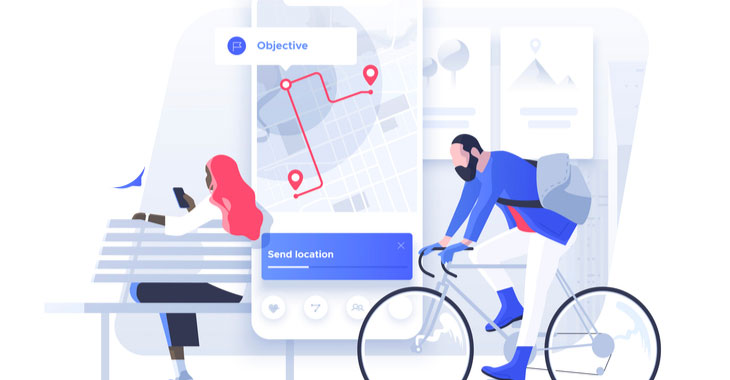For businesses across the country and around the world, the Internet is now the first point of contact between their company and prospective customers. Gone are the days of a smile and a handshake; instead, today’s consumers make first impressions based on what a company website has to say and how it looks.
It’s easy to assume that your website is sending the message you want, particularly if you worked hard to create a brand-froward product or hired a professional web designer to help you with a great design. However, if you hired a web designer five years ago or set up a site yourself using old-school techniques, there’s a good chance that your website isn’t resonating with your target demographic. If any of the aforementioned apply to your web design, you may be facing problems with an outdated or underperforming site – something that can hurt your business more than you realise.
Your Website Isn’t Responsive
A mobile-friendly site isn’t just something nice for your customers. In today’s SEO world, it is required.

The Google algorithm change known as Mobilegeddon occurred in 2015. In this upgrade, Google announced that all sites searched for on mobile devices must be mobile friendly, whether as stand-alone sites or via responsive web design. If sites aren’t compatible with mobile, rankings drop sharply, leading to reduced visibility on tablets and smartphones.
You may be telling yourself that you have plenty of regular customers and a large word of mouth consumer base, and that updating your website isn’t worth the expense. However, this is never the case. Living with an unresponsive website will significantly hurt your visibility, potentially separating you from customers you already have. A majority of searches are now occurring on mobile devices, which means that any potential customers who use Google as a search engine, looking for your industry on their phones, won’t see your site and will instead pay your competition for services.
Updating an existing site to be responsive doesn’t have to be expensive and transform an outdated platform into an efficient, effective website that ranks well.
Navigation Is a Problem
You may know how to get around your site – but what about your customers?

Clunky website navigation can be a serious issue for web users. With so many professional sites that are crisp, clean, and easy to navigate, a sub-par site stands out from the crowd.
When a website is poorly designed with a heavy emphasis on numerous drop down menus, side bars full of too much information, or links that go nowhere, web visitors become frustrated, and not compelled to shop. Stats show that up to 38% of web users will definitely head elsewhere if your site isn’t attractive or the layout is cumbersome. From a different survey, 79% will not hesitate to keep searching Google if the user experience a site provides can’t match up to their expectations.
A business owner focus on making website navigation clean and simple, or work with a website designer to do so. By following user experience best practices, you can create a site that your visitors like to use, not one that turns them away due to a poor approach.
Your Site Is Slow to Load
A slow loading website can cost more than you think!
Loading times used to be a common problem, back in the day of dial up, but current internet speeds make slow loads a thing of the past. Or, at least, they should. However, sites that use extensive animation, video, lots of images, or are hosted on inadequate servers can lead to unacceptable load times. Slow load also contributed to the 39% of web users will immediately leave a site if it doesn’t load or won’t load fast enough. Further will leave if your site contains many slow-loading pages to frustrate them, driving away traffic which your business relies upon. A few unnecessary or overly large images can cost your company revenue.

Instead of thinking your website can’t possibly load faster, take time to review procedures that can help your site load faster. Did you use a template web design? This can often create load issues. Using plugins sparingly and reducing the use of external scripts can make a big difference, greatly reducing load times to improve site performance and keep site visitors engaged and active.
Fixing an Outdated or Underperforming Website
If you’re not getting the web traffic you’re looking for, it’s time to consider making some changes.

Instead of assuming your site is what it is, do a self-audit to ensure your website is able to fulfil your expectations. If it’s not, it’s up to you to identify weak spots and find out what steps are required to see improvement.
The Internet plays a primary role in every aspect of life, from reading the news, finding products and services, and often accessing those services. If your site is outdated, underperforming, or otherwise can’t keep up, your revenue is going to suffer. By identifying major problems and taking strides to stay up to date, you’ll see a boost in your web traffic – and your bottom line.








